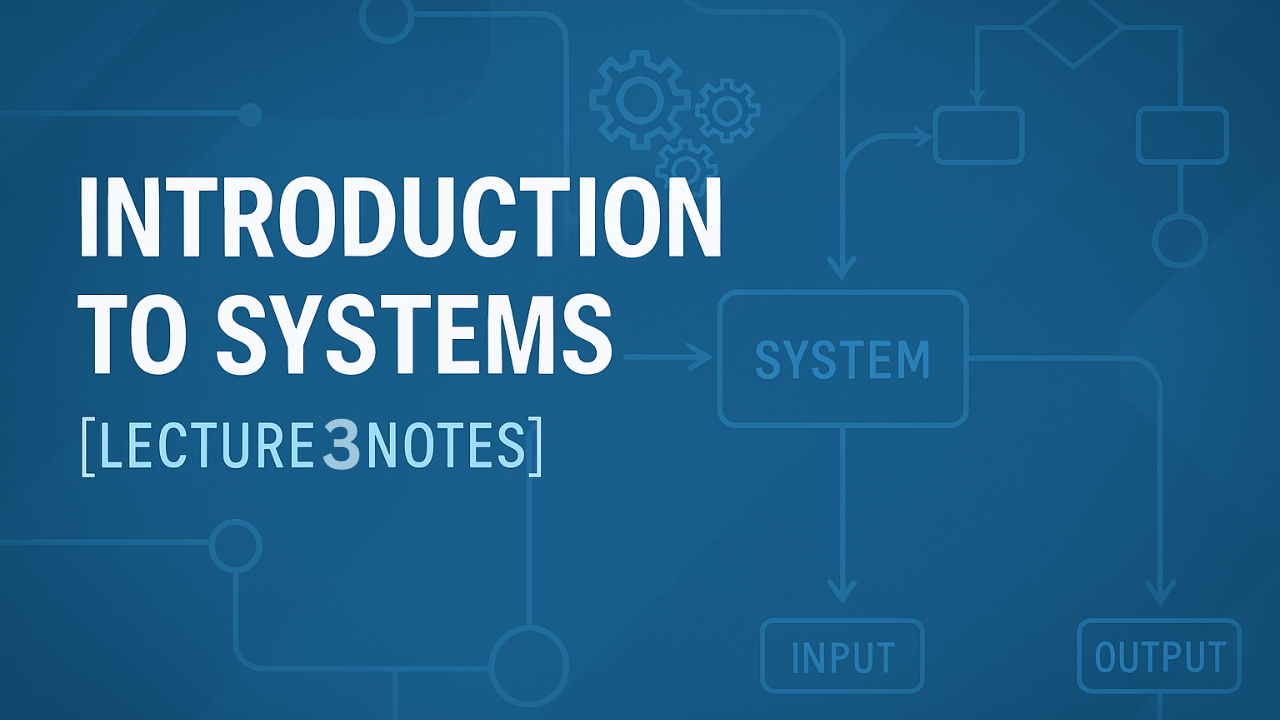Natural Science
Definition: Natural science studies the natural world to understand how natural systems work.
Example: Studying a forest ecosystem to see how trees, animals, and plants interact.
Design Science
Definition: Design science is about creating and designing systems or tools to achieve specific goals.
Example: Developing software to manage forest data for better conservation.
Computer Science
Definition: Computer science studies how computers work, what they can do, and their limitations. It uses both natural science and design science methods.
Natural Science in Computer Science
Focuses on understanding basic rules of computer systems.
Example: Studying algorithms to see how fast or efficient they are. QuickSort and MergeSort are sorting algorithms; researchers analyze how they sort data efficiently.
Design Science in Computer Science
Focuses on creating and improving computer tools and systems.
Examples:
- Development of new software tools: Designing a new programming language that makes it easier for developers to write safe and secure programs.
- Improvement of Computer Systems: Creating a more efficient database system that can handle larger amounts of data quickly and with fewer errors.
Computer as a System
Definition: A computer is a complex system designed to process data, perform tasks, and follow instructions efficiently.
Objective: Perform computations, process information, and run software applications like word processors, web browsers, and games.
Components of a Computer
1. Interface Components
Parts that allow the user to interact with the computer.
Examples: Keyboard, mouse, monitor, printer.
2. Processing Components
- CPU (Central Processing Unit): Performs computations and executes commands.
- RAM (Random Access Memory): Temporary storage for data and instructions being used by the CPU.
- Storage (Hard Drive/SSD): Permanent storage for programs and data.
- Operating System: Manages computer operations and communicates with hardware.
- Application Software: Programs that perform specific tasks, like Microsoft Word or Photoshop.
3. Communication Components
- Motherboard: Connects all parts of the computer.
- System Bus: Transmits data between CPU and other components.
- Types of Buses:
- Data Bus: Transfers data.
- Address Bus: Carries the address of data.
- Control Bus: Sends control signals.
Interaction Among Components
Example: Opening a file ("report.docx")
- User Action: Double-click the file or press a key combination.
- Input Device: Mouse or keyboard sends the signal to the CPU.
- Processing: CPU retrieves the file from storage, using RAM for temporary operations.
- Output Device: File opens on the monitor.
- Power Supply: Provides electricity for the computer.
- Network: Connects the computer to other systems or the Internet.
- Peripherals: Devices like printers, scanners, and external drives.
Extra Insights / Expanded Knowledge
- Computers as Systems: All computers are integrated systems of hardware, software, and users.
Important: Understanding the components and their interactions helps in troubleshooting and designing efficient systems.
- Efficiency: Algorithms like QuickSort and MergeSort demonstrate efficient system design.
Important: Efficient algorithms save computing resources and time.
- Feedback Loops: Systems often include monitoring and corrective processes.
Important: Feedback improves system reliability and performance.
- Human Interaction: Interface components are crucial for user experience.
Important: Poor interface design can reduce system efficiency.
- Data Flow: Buses and communication components ensure smooth data transfer.
Important: Data bottlenecks can significantly affect computer performance.
- System Improvement: Design science focuses on enhancement and innovation.
Important: Continuous improvement ensures longevity and adaptability.
MCQs
- Which science focuses on understanding the natural world?
a) Design Science
b) Natural Science ✅
c) Computer Science
d) Engineering Science - Which of the following is an example of Design Science in Computer Science?
a) QuickSort Algorithm
b) Developing a new programming language ✅
c) Studying MergeSort
d) Observing forest interaction - Which component allows user interaction with a computer?
a) CPU
b) RAM
c) Interface Components ✅
d) Storage - What does the system bus do?
a) Executes commands
b) Transmits data between components ✅
c) Stores permanent data
d) Monitors user actions - Which type of computer science focuses on improving and creating systems?
a) Natural Science
b) Design Science ✅
c) Mathematics
d) Physics - Which is a temporary storage in a computer used by CPU?
a) Hard Drive
b) RAM ✅
c) Motherboard
d) Network - Which of the following is an output device?
a) Keyboard
b) Monitor ✅
c) Mouse
d) CPU - Which algorithm is studied in Natural Science approach of Computer Science?
a) QuickSort ✅
b) Photoshop
c) Microsoft Word
d) Firewall - Which component manages computer operations and communicates with hardware?
a) CPU
b) Operating System ✅
c) Data Bus
d) Keyboard - Which of the following improves computer system efficiency?
a) Feedback loops ✅
b) Paper manuals
c) Printing documents
d) Keyboard shortcuts - Which component connects all parts of a computer?
a) CPU
b) Motherboard ✅
c) RAM
d) Storage - Which bus carries the address of data?
a) Control Bus
b) Data Bus
c) Address Bus ✅
d) CPU Bus
Frequently Asked Questions (FAQs)
Natural science studies the natural world to understand how natural systems work.
Design science focuses on creating and designing systems or tools to achieve specific goals.
To perform computations, process information, and run software applications efficiently.
Components that allow the user to interact with the computer, such as keyboard, mouse, monitor, and printer.
Natural Science studies existing rules and behaviors of systems (e.g., analyzing algorithms), whereas Design Science focuses on creating and improving tools and systems (e.g., developing software).
RAM temporarily stores data and instructions used by the CPU for faster processing.
The motherboard connects all components of a computer and allows them to communicate.
Studying the efficiency of sorting algorithms like QuickSort or MergeSort.
Processes that monitor and correct system operations to improve reliability and performance.
Good interface design ensures efficient user interaction and better system usability.
Buses transmit data, addresses, and control signals between components.
Creating a more efficient database system to handle large amounts of data quickly.
